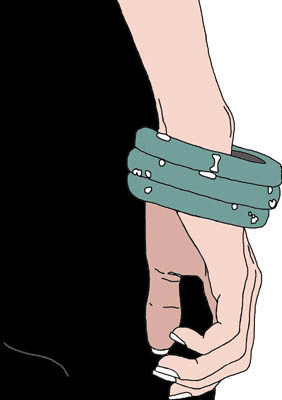
DEFINITION
Maladaptive reaction to an identifiable psychosocial stressor.
RISK FACTORS/ETIOLOGY
Cause: environmental stressor having an effect on functioning. Risk that a stressor will cause an adjustment disorder depends on an individual's emotional strength and coping skills.
PREVALENCE
Extremely common; all age groups.
ONSET
Within 3 months of the initial presence of the stressor.
COURSE
Lasts 6 months or less once the stressor is resolved. Can become chronic if stressor continues and new ways of coping with the stressor are not developed.
KEY SYMPTOMS
Complaints of overwhelming anxiety, depression, or emotional turmoil associated with specific stressors.
ASSOCIATED PROBLEMS
Social and occupational performance deteriorate, erratic or withdrawn behavior.
TREATMENT
- Remove or ameliorate the stressor.
- Brief psychotherapy to improve coping skills.
- Pharmacotherapy: Anxiolytic or antidepressant medications are used to ameliorate symptoms.
DIFFERENTIAL DIAGNOSIS
Normal reaction to stress. Disorders that occur following stress (e.g., GAD, PTSD, major depressive disorder).
REVIEW QUESTION
Case Study
A 28-years-old woman without previous behavioral problems becomes angry and bitter after her husband of 5 years leaves her to live with his female business partner. One week later, the woman quits her job without giving notice and begins drinking heavily. For the next several weeks, the woman telephones friends and tearfully expresses suicidal rumination. She also makes several threatening calls to her husband's new girlfriend.
Which of the following is most likely diagnosis?
- Adjustment disorder
- Alcohol-induced mood disorder
- Bipolar I disorder
- Bipolar II disotred
- Borderline pesronality disorder
Answer: A. Depression and erratic behavior after an interpersonal stressor are most suggestive of adjustment disorder with mixed disturbance of emotions and conduct. The cause of the symptoms is most likely the stressor and not the physiologic result of alcohol. Bipolar disorders I and II are unlikely diagnoses for an individual who has no history of mood episodes. Bordeline personality disorder is a less likely diagnosis for an individual who has no history of past behavioral and interpersonal difficulties.
